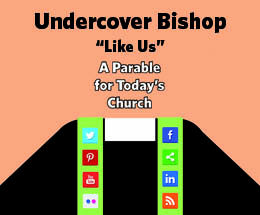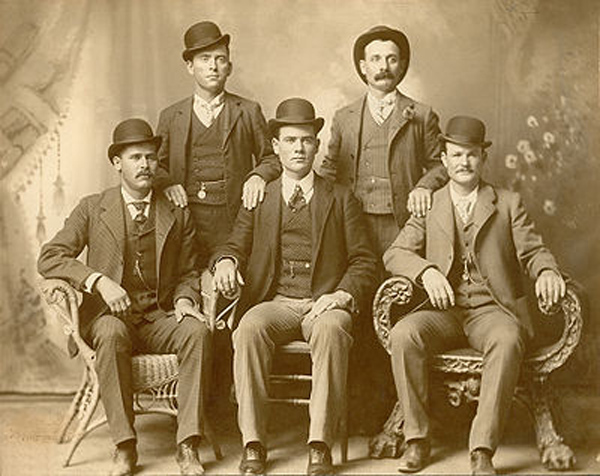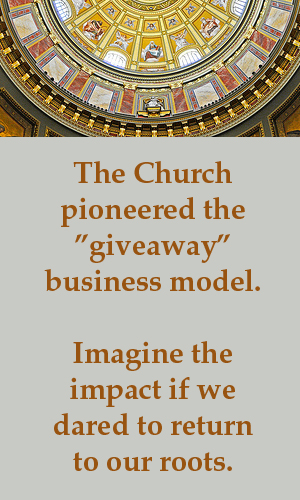The story of Bishop Ruby Kinisa and the staff of NorthEast WestSouth Synod (NEWS) of the National Lutheran Church (NLC) continues. It’s a serial so enjoy a couple a chapters each week as NEWS Synod explores Social Media. Read it with your church leaders!
You can find the first book, Undercover Bishop, on our sidebar.
Chapter One:
The Undercover Team Reunites
 Bishop Ruby Kinisa was late coming into her office. It was the first summery day of late spring. Traffic reflected the communal exuberance. Even so, twenty extra minutes in traffic was unsettling. She leaned back in her chair and stretched, hoping to relax.
Bishop Ruby Kinisa was late coming into her office. It was the first summery day of late spring. Traffic reflected the communal exuberance. Even so, twenty extra minutes in traffic was unsettling. She leaned back in her chair and stretched, hoping to relax.
She heard a commotion in the office but thought little of it. It was coffee break time.
Then she heard a familiar whistle. That could be only one person, her long-time colleague, Gil Ableman. “I wonder what Gil is up to now,” she thought.
She recognized the tune. She was accustomed to his use of hymns to accent some theme of the day, but this time he was whistling the theme to the Lone Ranger.
Then Gill appeared in her office doorway holding a small cake with a single lit candle. Her staff soon joined him, crowding the threshold. They began singing “Happy Anniversary” to the William Tell Overture.
At last it made sense. Her staff, prompted in all likelihood by her secretary, Pam, was marking her first year as the bishop of NorthEast WestSouth Synod (NEWS) of the National Lutheran Church (NLC).
She leaned forward as Gil placed the cake on her desk. Whoof! She blew out the candle to enthusiastic applause.
“Thanks, everyone,” the bishop said. “It’s been quite a year, hasn’t it?”
After a little chatter, Pam, took the cake promising to cut it in the break room and return with a big piece for her. The staff followed her, but Gill lingered.
“Ruby, do you have a minute?” he asked. “I have something I’d like to run by you.”
“Shoot,” the bishop said, “I have at least until Pam returns with the cake.”
Gill took a seat without being asked and glanced around the office.
His eyes settled on a portrait of the bishop with Bob and Martha Forster from Pleasantville Church. They and their whole congregation had been estranged from NEWS when she took office.
“I’ll say it again,” he mused. “It’s been quite a year!”
Ruby followed his eyes and smiled, remembering her first month in office when she visited the smallest NEWS congregations in disguise. It had been a gutsy move and could have been a disaster, but she had found the three visited churches were relieved that a bishop had paid attention to them at all. After she revealed her identity and after they got over their initial shock, they eagerly worked with her for months.
The project had marked the tone of her first year as bishop. It had revived Gil, who had come into her first term discouraged.
“I’m sure glad we did that,” she said. “I hear from the Forsters every month or so, now.”
“I’m glad, too,” Gil recollected, “I must say, I had my doubts . . . but I also had hopes.”
Gil was the senior member of NEWS staff. He had worked under every bishop who had served in the last 30 years. He was quickly nearing retirement, but his love for the church was so deep that he was still cutting edge in his thinking. It was he who had urged Bishop Kinisa to learn about small churches before making decisions that affected them.
“I ran into Bruce James at the conference I attended last week,” Gil paused. “He has finished his seminary studies. He is looking for that first call.”
Bruce had been Ruby’s sidekick on her Undercover Bishop visits and had been invaluable at helping her talk to people without raising their suspicions.
“How is Bruce?” Ruby asked fondly. “I don’t want to let a good man get away!”
“He’s remembering that conversation we had about serving small churches,” Gil replied. “He’s coming in today to talk. Would you like to join us?”
“I can’t wait to see Bruce James or James Bruce,” she laughed. “I hope I can keep his name straight.” she said, recalling how he changed his moniker for their visits.
Bruce arrived in the NEWS office that afternoon in high spirits. The three sat together at the end of a long table in a large conference room. Bruce took the head and Ruby and Gil flanked him.
“Thanks for seeing me,” Bruce opened the conversation. “Bishop, Gil . . . I’ve been thinking about our undercover bishop project all year. I learned so much, especially in our follow-up visits to Grace and Zion. Do you remember asking me if I’d consider serving in a small church?”
Ruby nodded. She knew that the economics of serving a small congregation were more challenging to young pastors. It was hard for them to see a future.
“I’m still hoping! Are you here to tell us you’ve made a decision?” Ruby asked.
“Yes and no,” Bruce said. “If you remember, I didn’t turn you down that day. I said I’d have to explore the feasibility of supporting my wife and boys in small church ministry.”
Ruby’s hopes sank. Gil noticed. “Hear him out, Ruby.”
“Thanks, Gil,” Bruce said.
“Bishop, I have an idea. To tell you the truth, I’m pretty excited about it. I want to serve in a small church. Maybe I could handle the needs of two small churches. But I’d also like to work in social media.”
Ruby leaned back. “You want to be a Facebook preacher?” Her skepticism was obvious.
“Ruby,” Gil interjected again, more forcefully. “Here him out.”
Bruce continued.
“As you know, I was one of the older students in my seminary class, but I’m not exactly on Social Security,” he quipped. “I’ve got about ten years on the younger seminarians. At times it seemed like twice that! I watched them . . . how they studied, how they communicated. I was sitting behind them in lectures. I watched them look up everything the professors were speaking about on their laptops . . . right there in class. I would never think to do what I’m proposing without that experience. I’m living proof. You can teach an old dog new tricks.”
Ruby was puzzled but her interest was piqued.
Bruce continued. “I started studying social media and I think there is great potential in using it for ministry.”
“So, I’m right! You want to be a Facebook minister.”
Gil sighed.
“I’m listening, Gil.” Ruby said. “I’m listening.”





